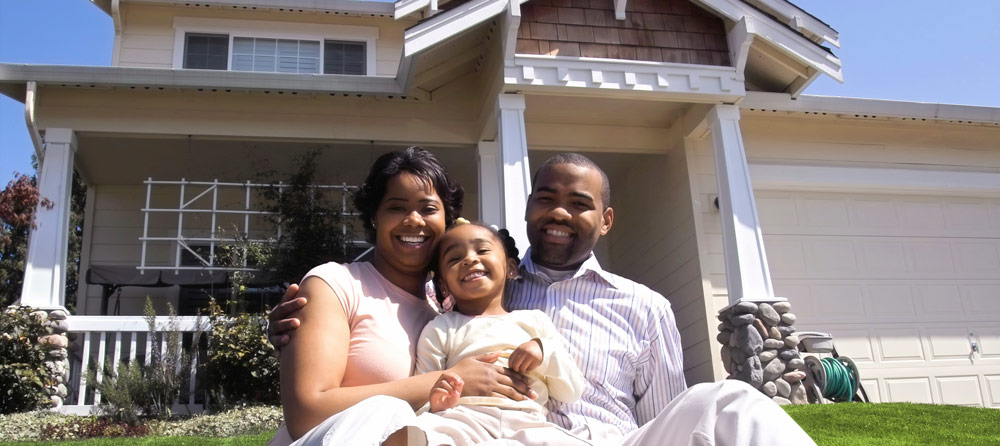Can You Get Rid of Your PMI? We’ll Help You Find Out.At Bruce W. Reyle Real Estate Appraisers & Consultants, we help homeowners determine if they have enough equity to remove Private Mortgage Insurance (PMI) and start saving money. What Is PMI and Why Are You Paying It?Traditionally, homebuyers put down 20% when purchasing a home. This protected lenders by ensuring a financial cushion in case the borrower defaulted. But during the housing boom of the early 2000s, many lenders started accepting down payments as low as 10%, 5%, or even 0%. To offset that increased risk, lenders began requiring Private Mortgage Insurance (PMI)—an extra monthly cost that protects the lender, not the homeowner, if the loan goes into default. Why PMI Costs You More Than You ThinkPMI typically adds $40–$50 per month for every $100,000 borrowed. That can quickly add up—and unlike mortgage interest, PMI often isn’t tax-deductible. Here’s the kicker:
How We Help You Eliminate PMIOnce you reach 20% equity in your home, you may be eligible to cancel PMI—but lenders usually require proof. That’s where we come in. As certified appraisers serving the Washington Metro Area, and surrounding areas, we provide accurate, independent home valuations that can be used to:
Take the First Step Toward Dropping PMINot sure if you have enough equity? We’ll help you find out. Call Bruce W. Reyle Real Estate Appraisers & Consultants today 703-273-7375 Stop paying for PMI sooner than expected—and keep more of your money where it belongs.

Does your monthly mortgage payment include PMI? Contact us, you may be able to save money by removing your PMI. How homeowners can avoid bearing the expense of PMI
Remove PMI Early and Start SavingStill paying Private Mortgage Insurance (PMI)? You may not have to. Under the Homeowners Protection Act of 1998, lenders are required to automatically cancel PMI when your mortgage balance reaches 78% of the original loan amount. But many homeowners don’t realize they can request to remove PMI even earlier—as soon as they hit 80% loan-to-value (LTV). Why Keep Paying If You Don’t Have To?For many homeowners, it can take years to pay down the mortgage enough to cancel PMI automatically. But if your home has appreciated in value, you could already have 20% equity—qualifying you for early PMI cancellation. And that means: Local Market Expertise MattersReal estate trends vary from neighborhood to neighborhood. Even if national home prices are down, your home in Fairfax, Fairfax City County, or nearby areas may have gained value. That’s why it’s important to get a current market valuation from a certified local appraiser. We Can Help You Eliminate PMIAt Bruce W. Reyle Real Estate Appraisers & Consultants, we specialize in identifying home value trends throughout Northern Virginia. Our appraisals give you—and your lender—an accurate picture of your home’s current market value. With a professional appraisal showing 20% equity, many lenders will approve PMI removal quickly and with little pushback. Ready to Stop Paying PMI?Let’s find out if your home qualifies. Bruce W. Reyle Real Estate Appraisers & Consultants
Want to learn more about PMI and the Homeowners Protection Act? Click this link: |